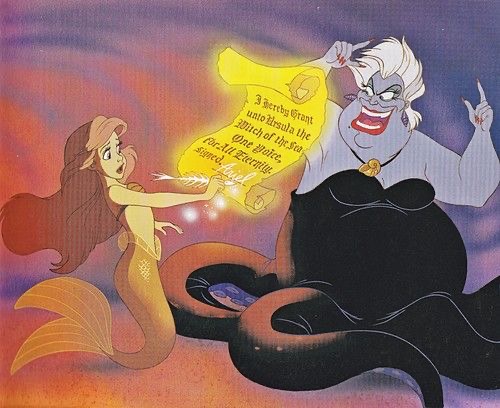
In 1937 Walt Disney’s Snow White premiered in theaters. 22 years later, in 1959, Barbie was launched into the toy market. Both releases set in stone the idealized body image of women; a small waist, long legs, slim arms, perfect face symmetry, and so on. For nearly a century, little girls have grown up with an unrealistic image of a woman’s body. As if that weren’t enough, they also grow up with a negative concept of larger women or women with sharper, longer features. Take Ariel and Ursula, or Cinderella and her Stepmother. Both Princesses have significantly softer, more petite features in comparison to their counterparts. The world of Disney and Barbie, a world in which only perfect women existed, merged with the real world. The result? A constant struggle with body image for women. Many women lose sight of themselves, and are instead blinded with a version of themselves that has been implanted in their minds since they were little girls. A lot of times, they will turn to plastic surgery to try to become the version of themselves that society desires. This is where the uncanny arises: when women begin to undergo extensive surgeries to become a version of themselves that is purely fictional. I want to analyze this topic to learn more about how women are impacted by cartoons and dolls. At what point during a woman’s life does she begin to desire the body of the princesses she grew up with? When does she become aware that her body is not like the body of the doll she plays with, or the princess she worships? I find that my interest in this topic branches from the body image problems I have seen in myself and in the women around me. I believe it’s important to learn about how something that excites you in your childhood can evolve into something that torments you in your adolescence. An uncanny double arises from cartoon women and Barbie dolls.
